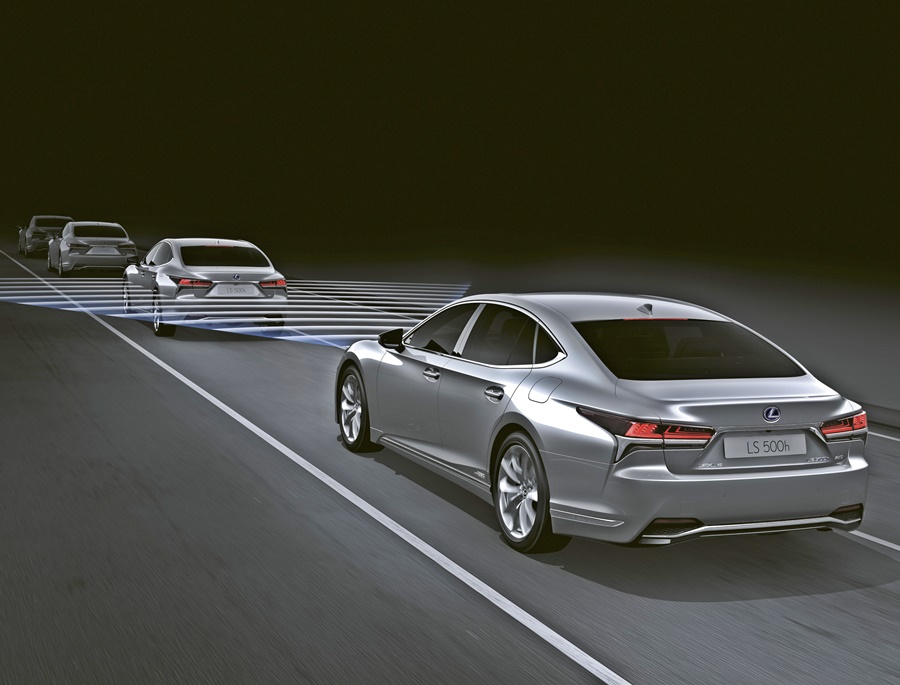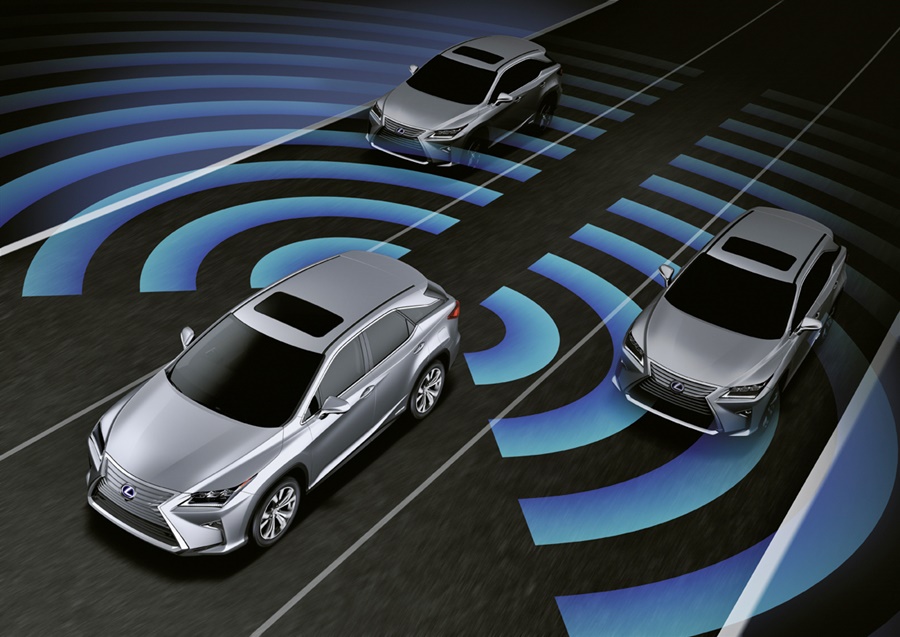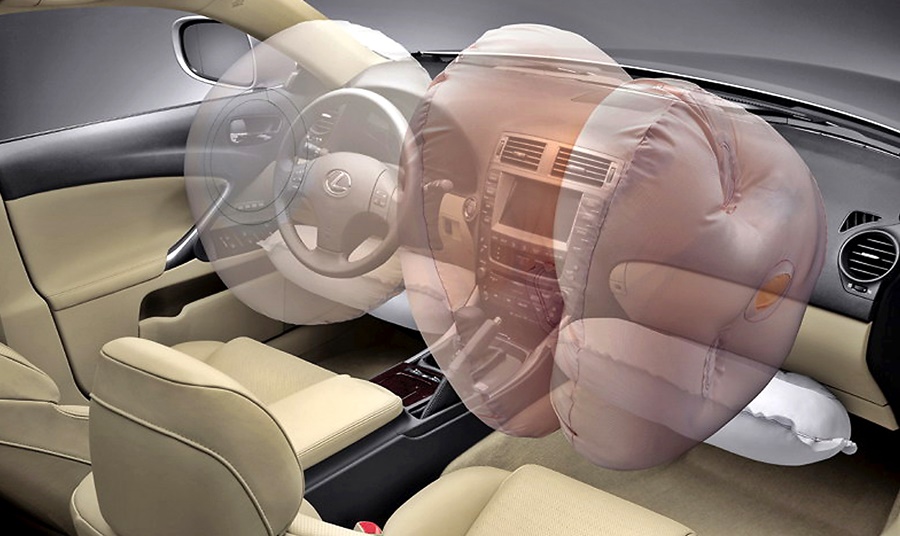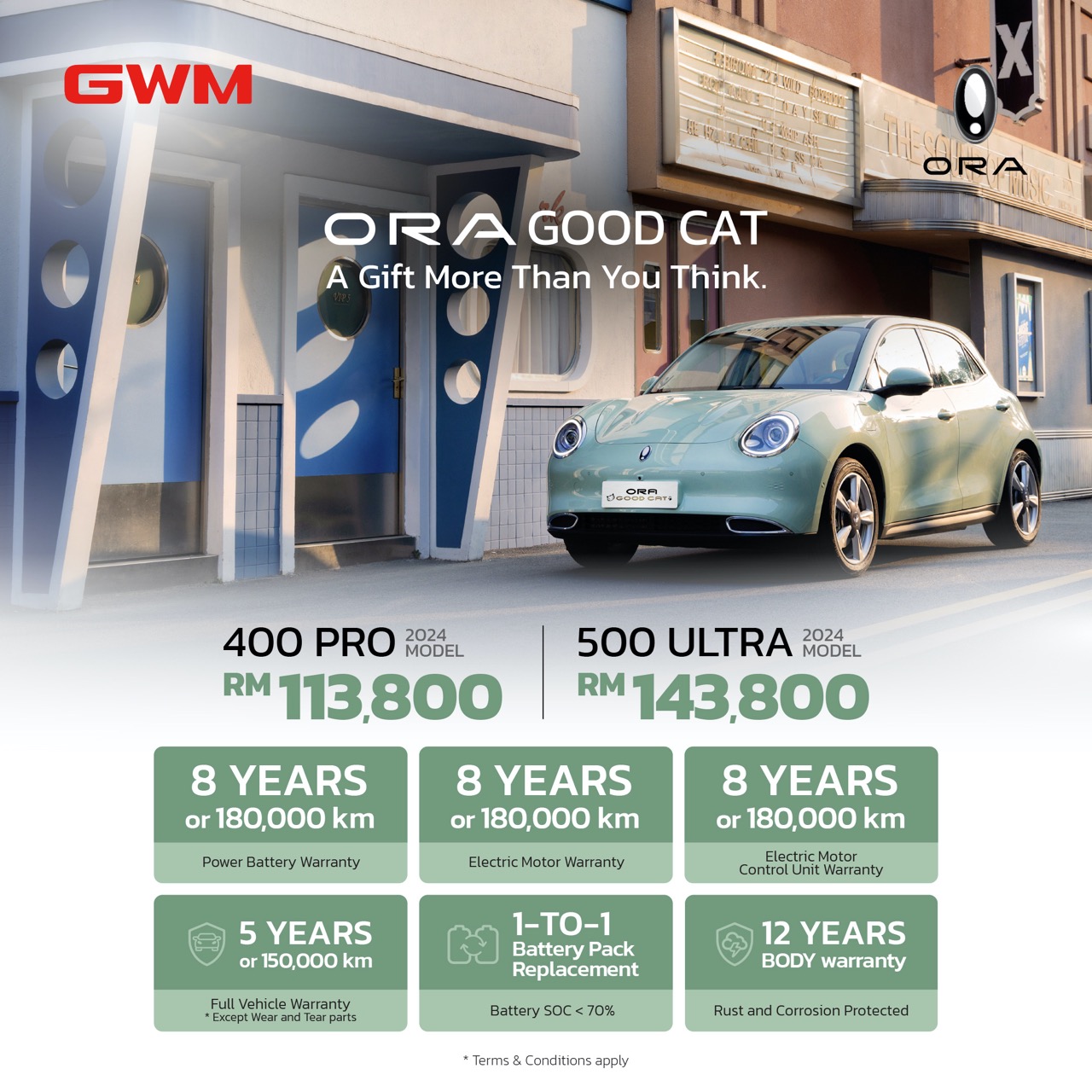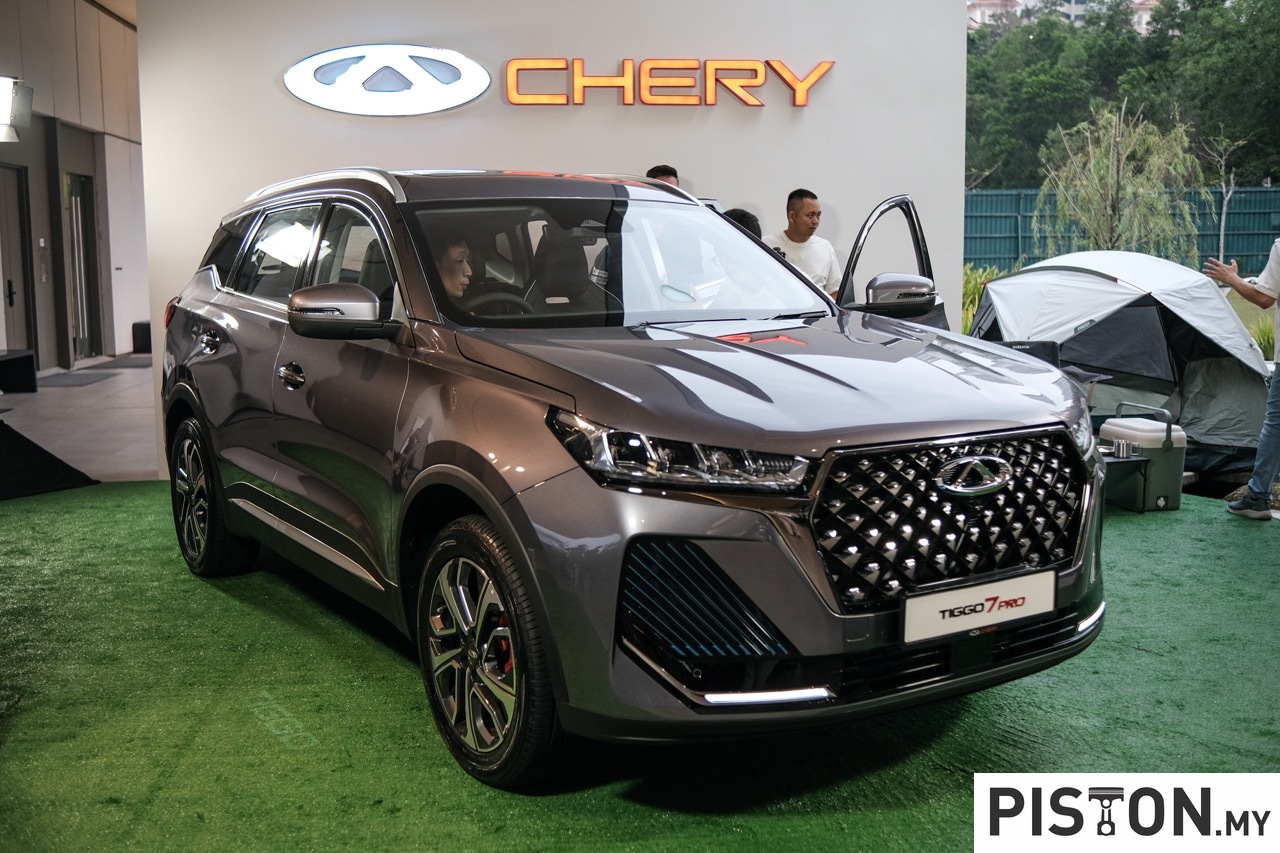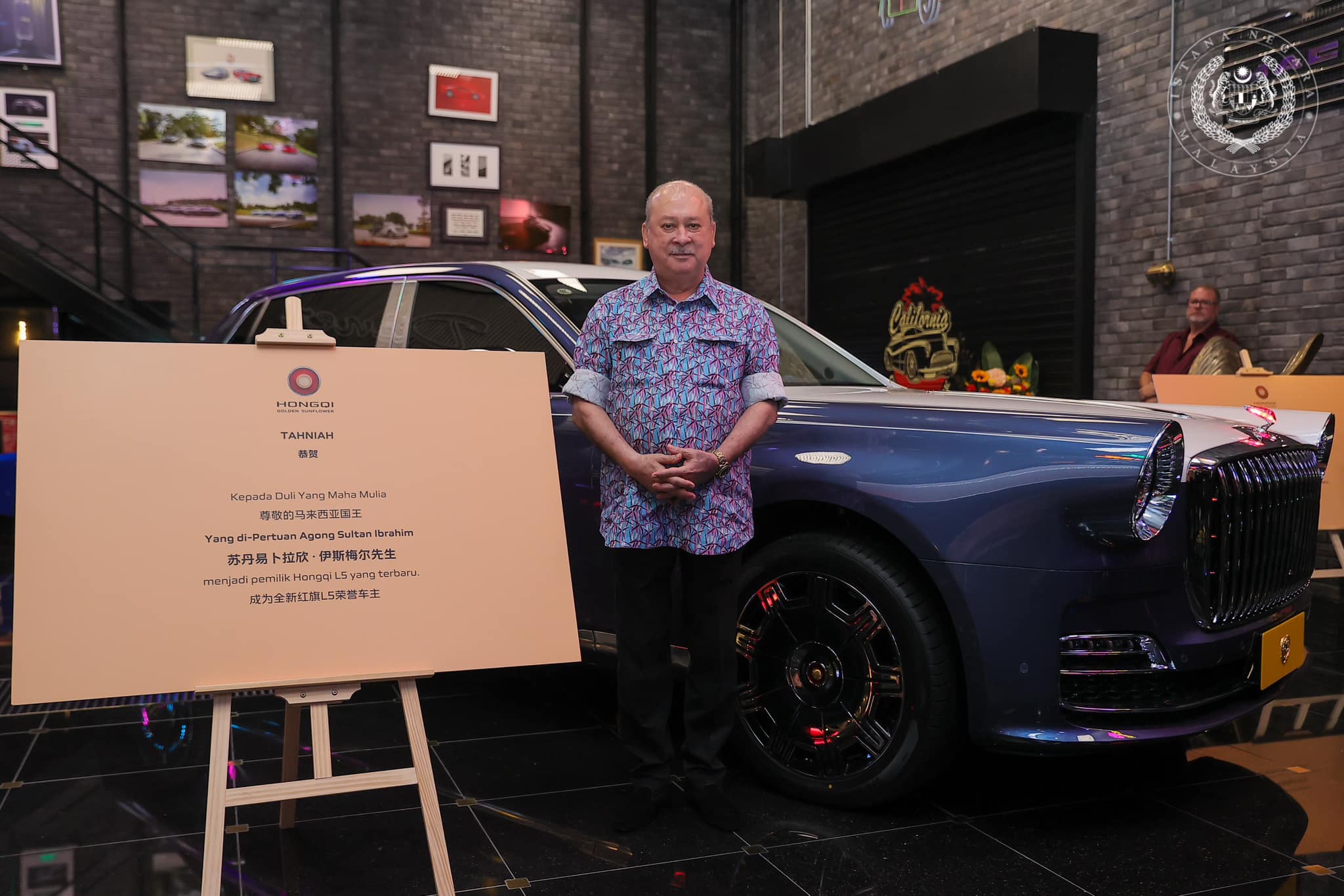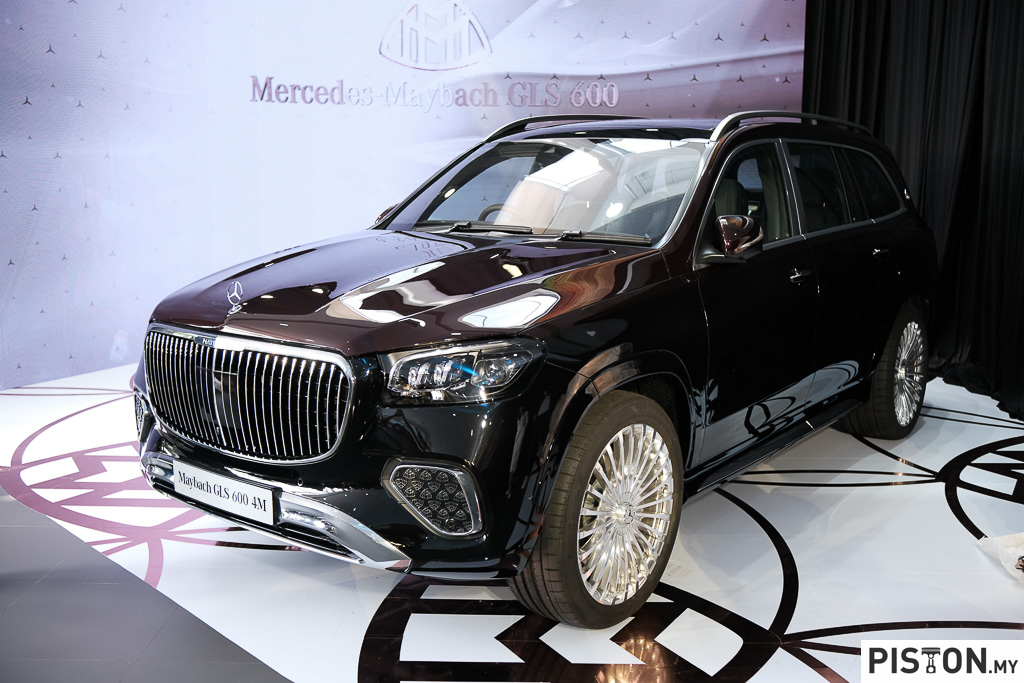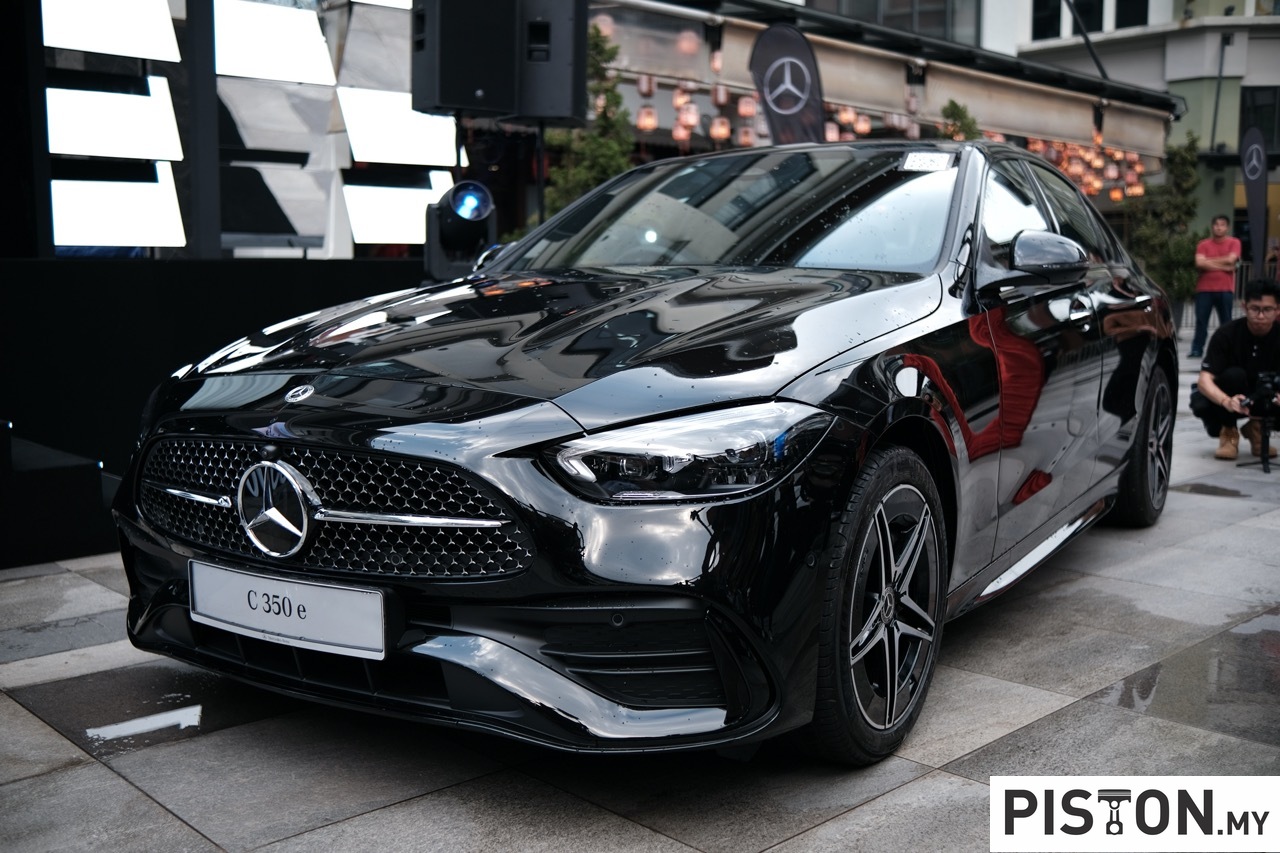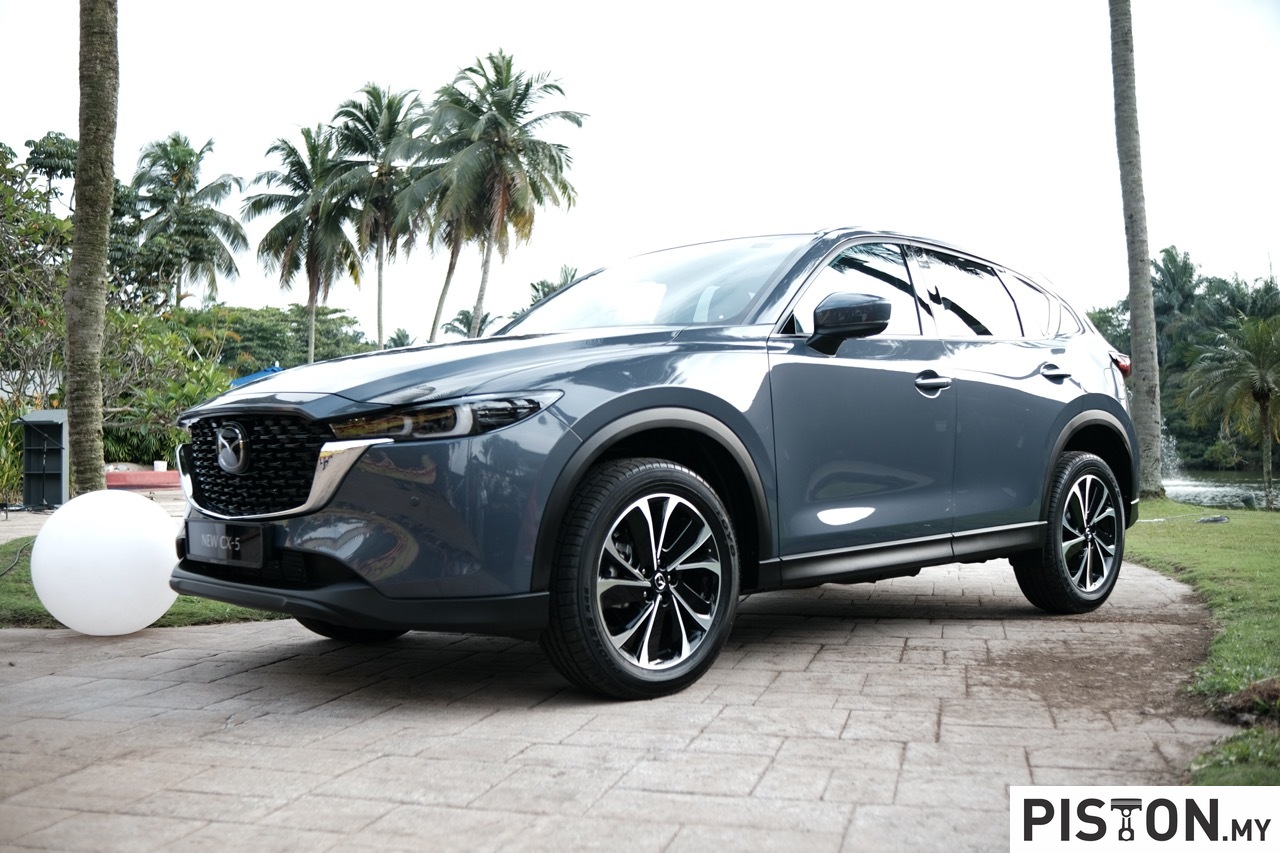It’s not so long ago that the safety provisions in cars – even those at the top end of the market – did little except provide protection when an accident had happened. Passive safety features, such as seatbelts, airbags and a strong body construction were the key elements. The thinking then was to provide as much protection as possible to minimise the injurious effects of the accident.
When it came to avoiding an accident, the active safety features like ABS and vehicle stability systems helped the driver to retain a degree of control. Instead of ending up in a drain or against a tree, such systems corrected the movements of the car to try to stay on course.
Today, cars have systems that are able to recognise the risk of an accident, alert the driver to the hazard and, if necessary, intervene automatically to prevent a collision, or reduce the consequence it there is an impact. Such systems often begin at the upper end of the market, so it’s not surprising that Lexus has been a pioneer in the field. Its investment in the research, development and deployment of sophisticated new technologies is central to the brand’s goal of securing a future where there are no road accidents.
When the original LS 400 was launched 30 years ago, it was the first car in the world to feature an SRS (Supplementary Restraint System) airbag integrated into the steering wheel – the precursor of multiple airbag systems designed to give effective protection to everyone inside the car. This led to world’s first dual-chamber passenger airbag, fitted to the second generation IS 200 in 2005. Its unique structure greatly improved protection for the neck and shoulders.
Today, Lexus models can feature as many 10 different airbags around the cabin, including knee, side and curtain shield systems and front airbags that activate in line with the severity of the impact.
The behind-the-scenes work at Lexus to improve and devise new safety systems doesn’t just focus on cars and how they are driven. It goes further to analyse and understand the human body and how people react physically in the moments before an impact.
The key to this research is THUMS – Total Human Model for Safety – a computerised crash test system that replicates the not just the size and shape of the human body, but also the position, density and vulnerability of its internal muscles, bones and organs. It’s adaptable for different ages, too, with virtual modelling of infants, older people and even pregnant women. THUMS’s digital mapping can track the properties of around 20 million points on and inside the human body.
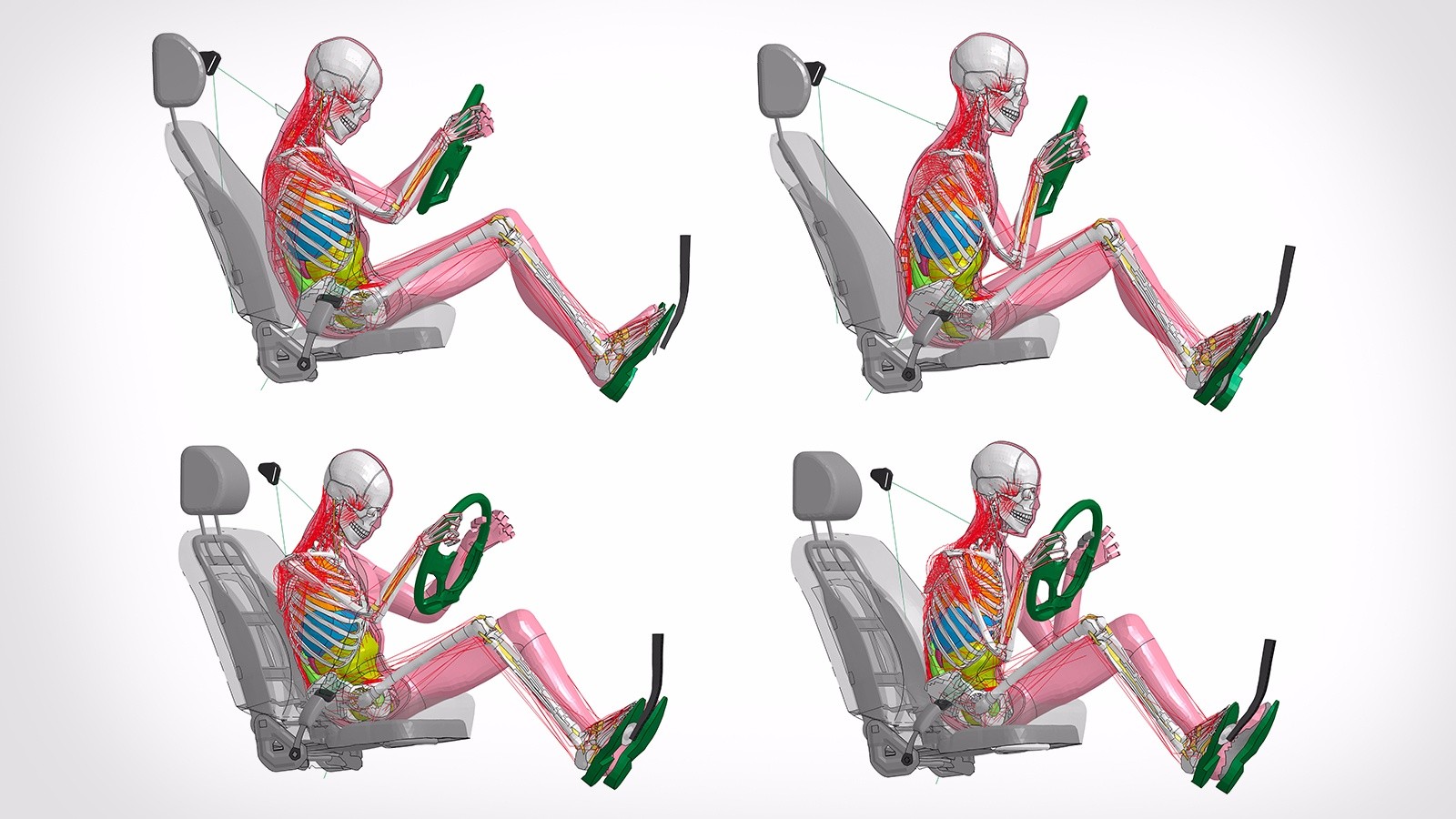
In 2015, Lexus bundled its principal new safety features in a new package called Lexus Safety System +, revealed for the first time on the fourth generation RX SUV. This was the start of a worldwide roll-out of the safety system with its wide-ranging availability demonstrating Lexus’ belief that, to be effective in reducing accidents and injuries, new safety technologies need to be provided on as many vehicles as possible. Democratising cutting-edge safety technology means these features cannot be restricted to the high-grade models only but are offered on entry and core vehicles.
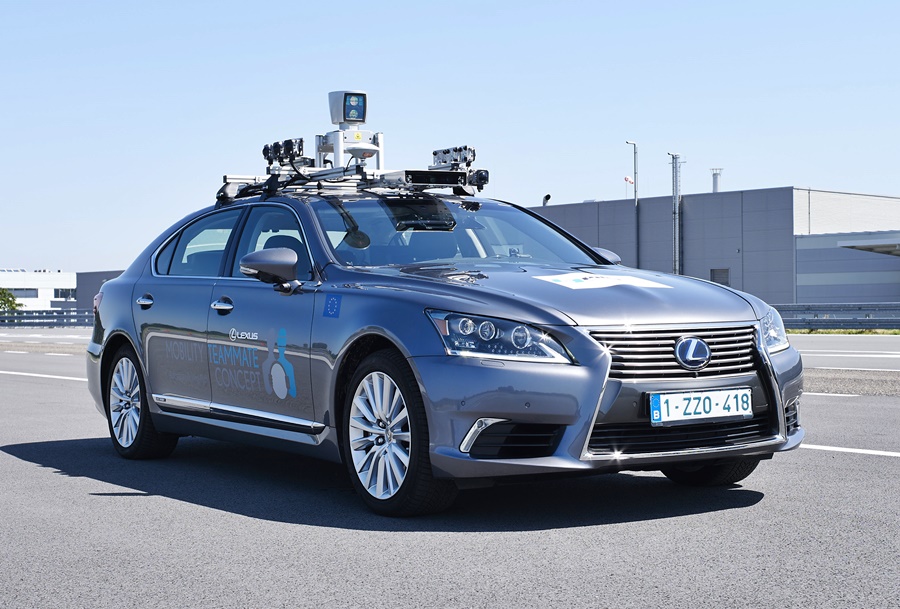
Over the past 4 years, Lexus has improved the scope and the functionality of its safety these systems, enhancing their capabilities. In 2017, the launch of the all-new LS 500h flagship sedan marked a significant leap forward in safety with the debut of Lexus Safety System + A. This cutting-edge portfolio included a series of world-first features, with a level of driver assistance that propelled our progress towards future automated driving systems. Although not formally classified, Lexus Safety System + A meets the criteria for SAE Level 2+ automation – the industry standard for automated driving capability.
Future automated driving systems will have an important impact on road safety, having the potential to reduce the number of traffic injuries and fatalities, while also easing congestion (which helps the environment) and enabling older and disabled people to enjoy mobility.


